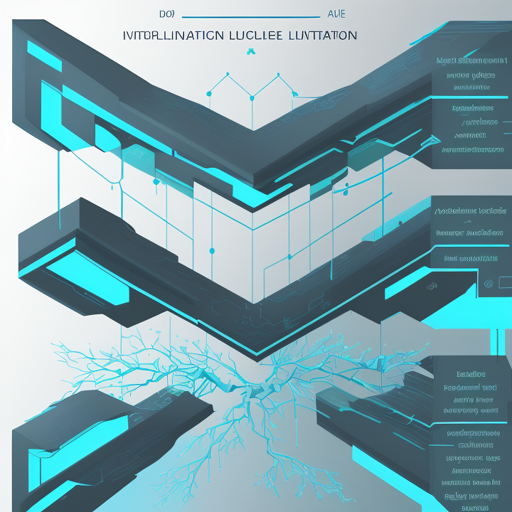Natural Language Inference (NLI) is a crucial task in the field of Natural Language Processing (NLP) that involves determining the relationship between a given pair of sentences. If you’re looking to dive deeper into this fascinating domain, you can utilize the Roberta-Large model trained on the Multi-Genre NLI (MNLI) dataset. This blog will guide you through the implementation process while providing useful insights and troubleshooting tips.
Understanding the Roberta-Large Model
Roberta-Large is a transformer model that has been pre-trained on a large amount of data, making it adept at understanding context, subtle nuances, and intent in language. By leveraging pre-trained models like Roberta-Large, you can achieve high accuracy on tasks such as NLI. In fact, this model boasts an impressive accuracy of 90.15% on the MNLI dataset.
Getting Started
- Prerequisites: Ensure that you have Python installed, along with libraries like transformers and torch.
- Installation: Install the necessary libraries via pip:
pip install transformers torch - Load the Model: Use the following code to load the Roberta-Large model trained on MNLI:
from transformers import RobertaTokenizer, RobertaForSequenceClassification tokenizer = RobertaTokenizer.from_pretrained('prajjwal1/roberta-large-mnli') model = RobertaForSequenceClassification.from_pretrained('prajjwal1/roberta-large-mnli')
Evaluating the Model
To gauge how well the model performs, you can utilize the MNLI validation sets. The model can assign a label to each input pair, determining if they entail, contradict, or are neutral toward each other, achieving a commendable accuracy as discussed earlier.
How It Works: An Analogy
Imagine Roberta-Large as a highly skilled translator at a multicultural conference. Each attendee (sentence) speaks a different language (context). The translator listens carefully, understands the meaning conveyed, and determines the relationship between pairs of sentences (whether they agree, disagree, or are neutral). Just like this translator, Roberta-Large comprehensively analyzes language inputs, utilizing its extensive training data to make accurate interpretations.
Troubleshooting Tips
If you encounter issues, here are some tips to help you out:
- Ensure all libraries are updated to the latest versions.
- Check your model loading code for typos.
- For model size issues, consider using smaller models, like “prajjwal1/roberta-base-mnli.”
- Review your input format; it should be a properly tokenized sequence for analyses.
For more insights, updates, or to collaborate on AI development projects, stay connected with fxis.ai.
Additional Resources
You can explore related models for NLI:
By using these resources, you can effectively broaden your experimentation with NLI tasks.
Final Thoughts
At fxis.ai, we believe that such advancements are crucial for the future of AI, as they enable more comprehensive and effective solutions. Our team is continually exploring new methodologies to push the envelope in artificial intelligence, ensuring that our clients benefit from the latest technological innovations.

